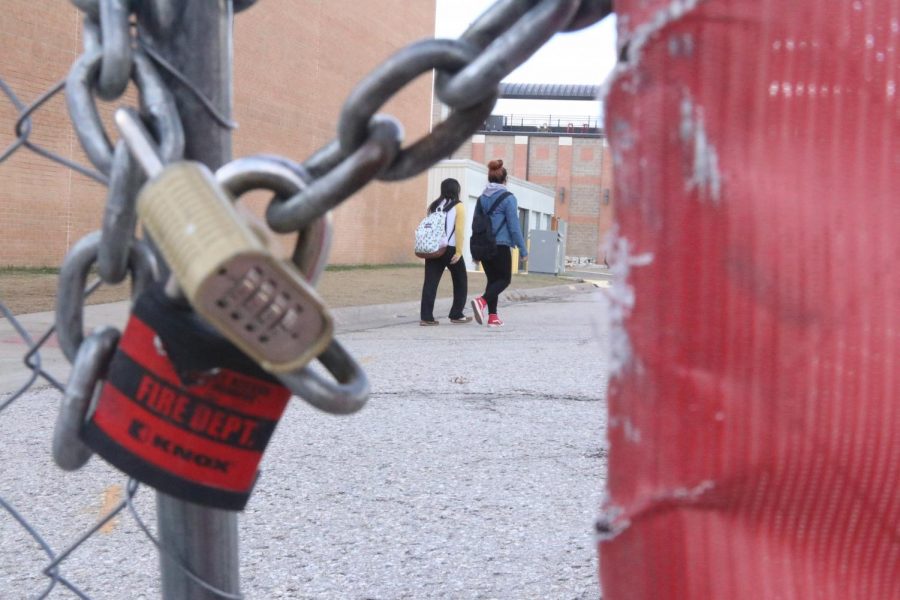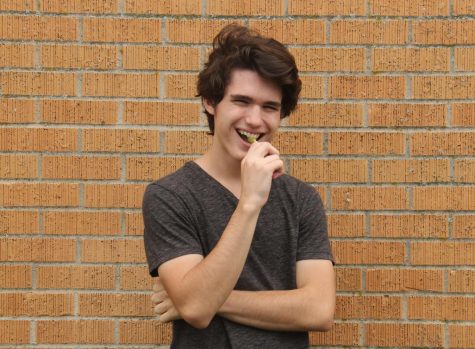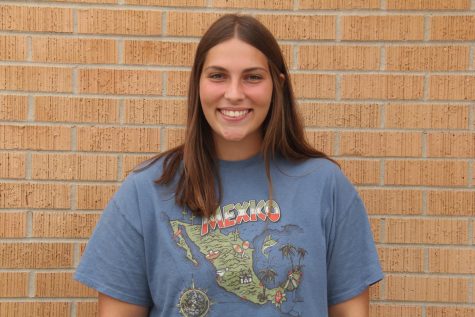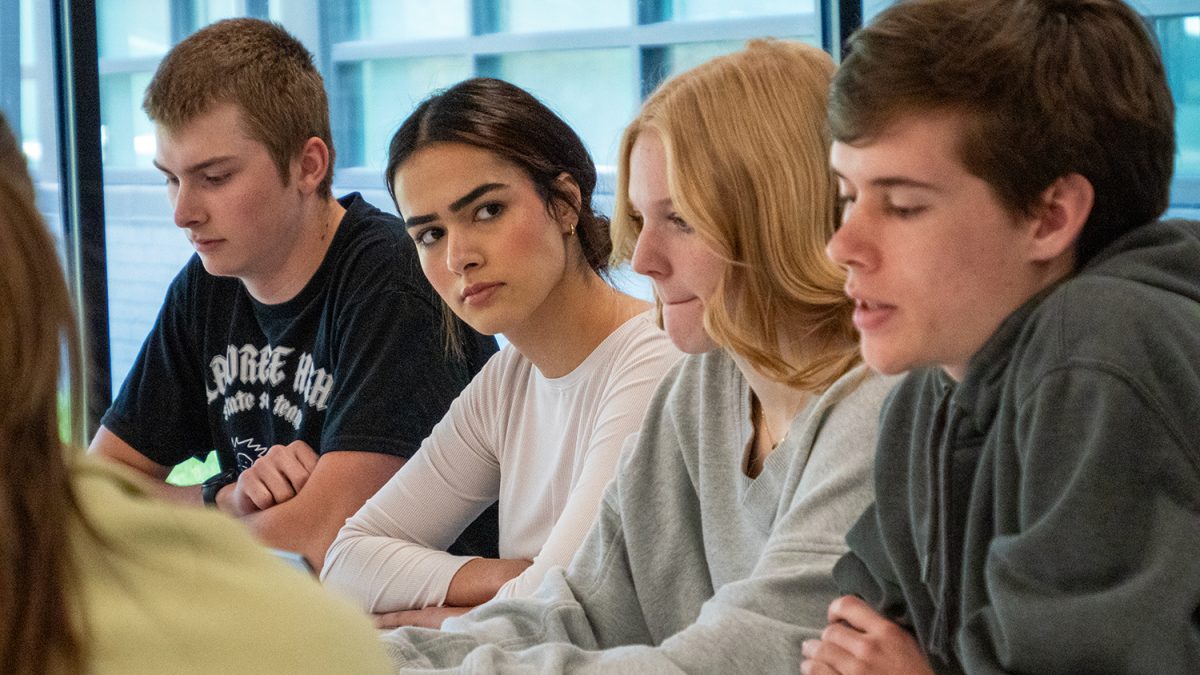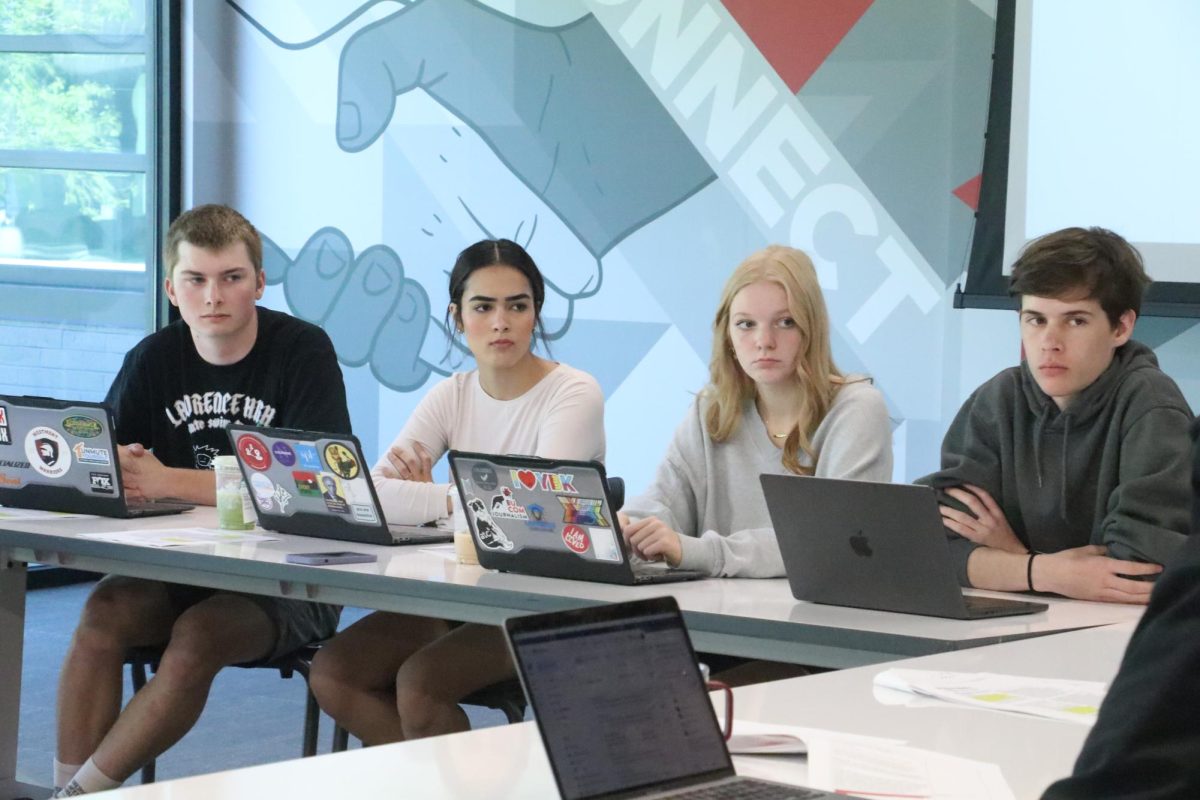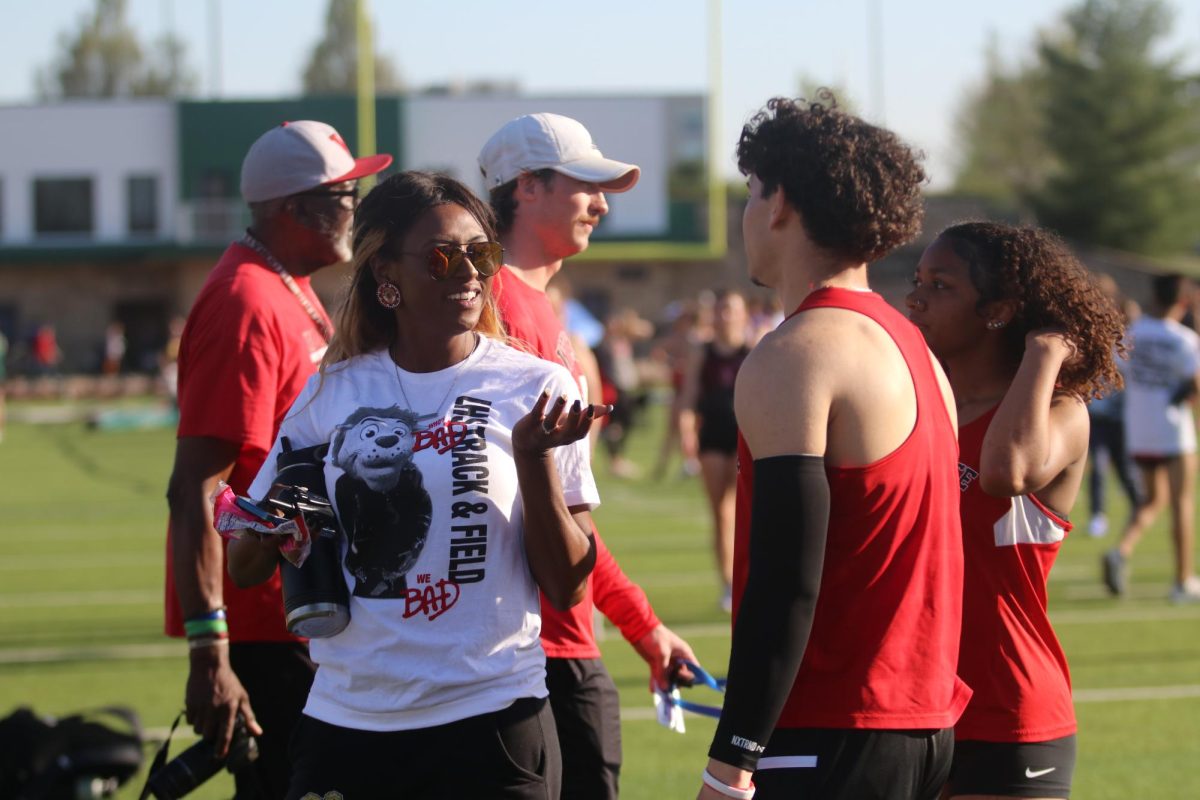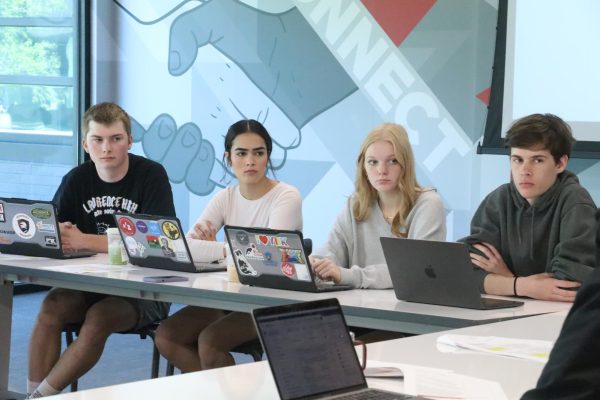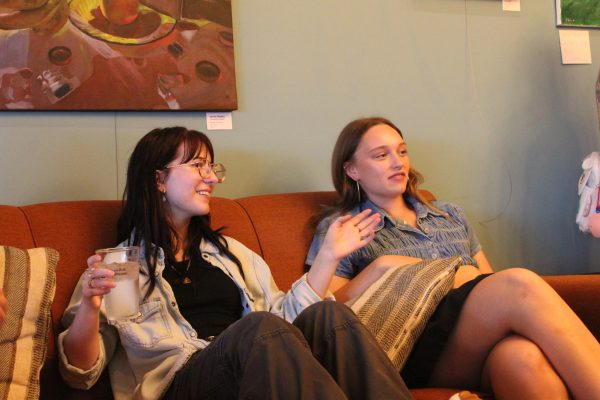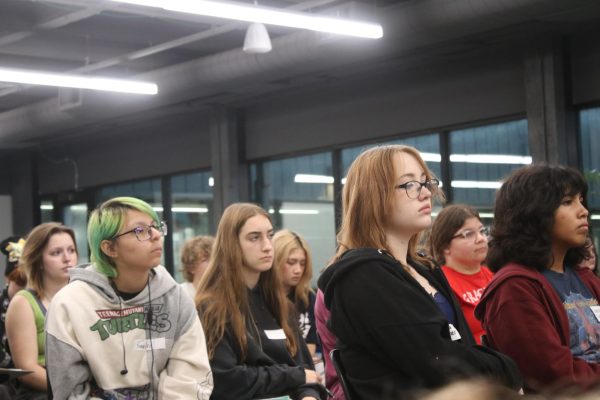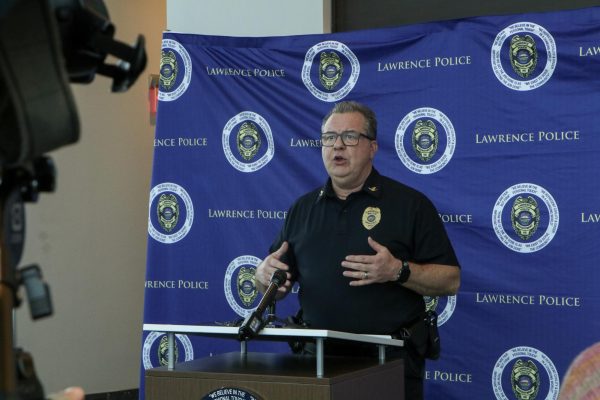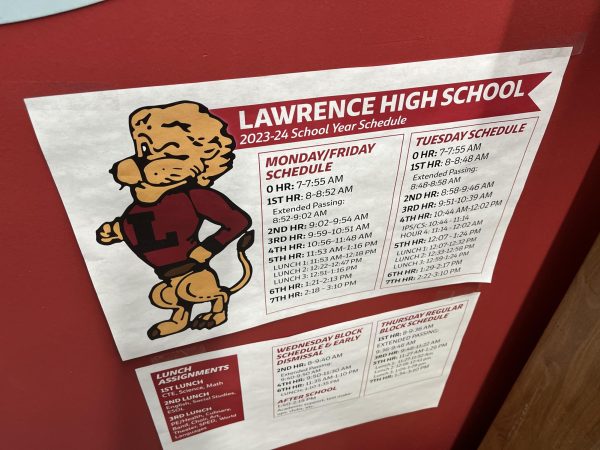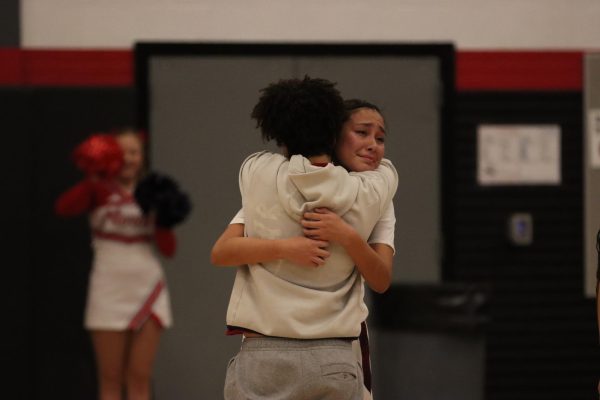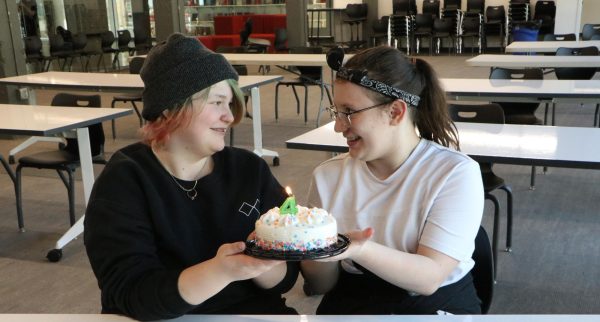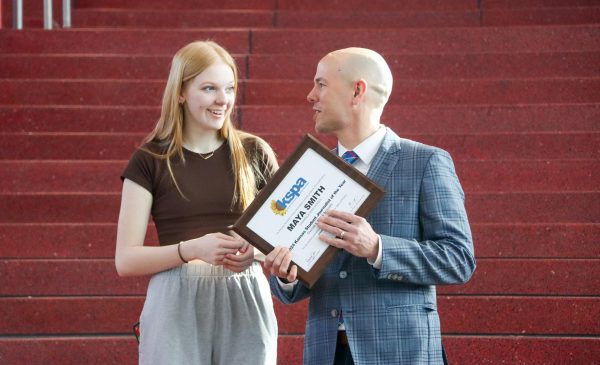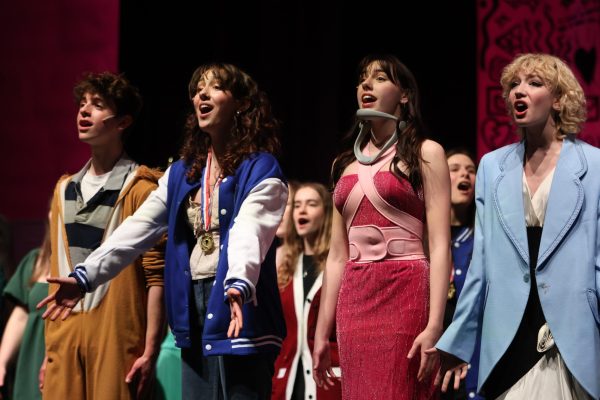SROs don’t make us safer, they make school a prison
LOCKED DOWN — Behind the chain-linked fence, students make their way to class. New security measures have been implemented across the campus this year.
December 18, 2019
With the cost of school resource officers under question by current and incoming school board members, it is a good time to reconsider the program’s value in the first place.
One does not have to look hard to find out the impact SROs can have on Black and brown students, especially those who are not hetereonormative, are poor or display neurologically atypical behaviors. Countless examples across the nation have shown that normal adolescent behaviors, such as back-talk or fighting can quickly escalate and turn into criminal matters when police officers are on site.
By establishing a constant police presence, punishment that would otherwise be dealt with by administrators is instead handed over to the police, contributing to a phenomenon called the school-to-prison pipeline. That criminalization pulls students out of school and throws them into a racist carceral system that is hard to get away from.
Although the Lawrence Police Department has long been in Lawrence high schools and middle schools, it is important to remember where this form of the education-policing relationship began.
The Columbine shooting sparked a nationwide move toward greater police presence in schools, and those safety concerns remain a justification for SROs today. While the thought of a school shooting seems scary, we cannot be blackmailed by these hypotheticals into allowing a criminalization of our students.
In fact, instead of having the police in our schools, why not just have the army? Certainly bulletproof vests and rifles will kill a mass-shooter quicker and with less casualties. The point is that it’s impossible to ensure violence never happens.
The mass shooting in Parkland, Florida, showed having police in the school doesn’t keep children safe. Instead of always turning to more securitization, we must recognize that it is impossible to guarantee violence never occurs and current measures would do little to stop it anyways.
That logic includes the chain-link fences and unreliable security-badge systems that welcomed students back from summer break. These measures will never stop a determined person.
The best way to protect students is to make them feel like there is nothing to attack
Building relationship with students is an affective way to prevent school violence. We saw this last year when students spoke to trusted adults about students having guns in the building.
But those relationships are undermined by rules that make students feel untrusted. Constant questioning of where you’re going, police in the hallways and the inability to do something as simple as go to the bathroom when needed can cause students to lose trust.
The best way to protect students is to make them feel like there is nothing to attack. By fostering a hostile environment, students will never feel like this is home.



